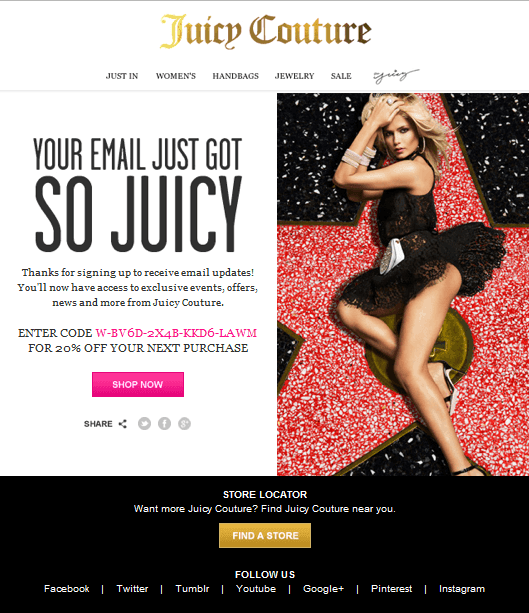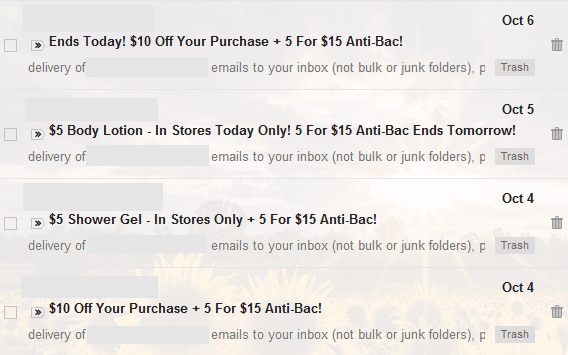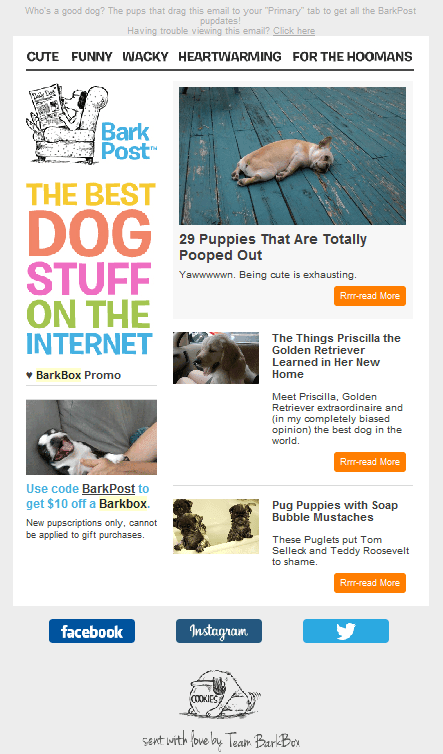Nurturing leads seems like a pretty straightforward concept: a business captures a user's information via form, and creates an email campaign geared around converting that individual into a customer.
But what does that process actually look like? What separates so-so lead nurturing from winning nurturing that actually converts?
As it turns out, effective lead nurturing doesn't have to be hard. If you're using the correct tools, lead nurturing is a natural and useful process for both you and your contacts.
That being said, there are a few aspects which, when implemented correctly, can boost your nurturing performance and positively impact your return to go way beyond average performance.
Here's what you need to keep in mind:
Timeliness
The ability to respond to and engage a lead at the right time is one of the most critical aspects of lead nurturing campaigns that actually work.
Carefully touching base with helpful information throughout the lead's decision making process is the foundation of lead nurturing, and it all starts with your first contact.
When should that first contact happen? Immediately after the lead engages with you. Whether they downloaded an eBook or registered for a free consultation, you should be reaching out immediately to touch base.
Need proof this urgency is essential? According to HubSpot, responding to leads within one hour of their information submission yields a 7x higher conversion rate than waiting past the 60-minute mark. You can read more about their findings on the matter here.
I recently subscribed to Juicy Couture's email list, and they sent me a Thank You email (complete with an offer) literally seconds after. Although the direct sales push contradicts rule #4 on this list, they certainly deserve a nod for their smart commitment to immediacy in acknowledging contacts, which keeps the brand top of mind for people who have just engaged with them:

Relevancy
Living in the age of information, we're bombarded with data on a daily basis.
The internet holds over 3.7 billion pages (source). All the way back in 2007, the New York Times reported that the average city dwelling human is exposed to over 5,000 messages per day. When you account for the explosions in social media and smartphone usage over the last 6 years, it's not hard to image that number has doubled.
Email marketing (and specifically lead nurturing) has the potential to shift your messaging from being lost in the masses to capturing attention and providing genuine value. To do so, you need to craft a campaign that is hyper-focused on the specific goals and interests of your lead.
This is where segmentation becomes huge in nurturing. Someone who downloads an eBook on Joomla payment extension reviews is not looking for the same information as someone who downloads a case study on your web design firm's past client success. So why roll them into the same campaign?
The email below came from Udemy, and clearly ties their offer into a course I previously took with them. This makes the email feel much more personal and like it was really written for me:

This is also a great reminder that lead nurturing can continue long after the purchase is complete: in fact, the smartest brands are the ones that nurture customers into advocates.
Starting all the way at your first contact, segment leads based on their stage in the buying funnel and their specific information needs. In doing so, you'll ensure your messaging is infinitely more valuable and helpful to them, effectively positioning your business as a trusted resource.
Diversity
You know those companies who send out the same email, spun a different way, day after day? They lack creativity and are essentially throwing away the golden opportunity that is email marketing.
Sound dramatic? Let's look at an example.
The emails below came from a brand that I actually love, but am seriously considering unsubscribing from due to the mass volume of uniform messages I get weekly. Within three days, they sent me four emails alerting me of the exact same discounts.

Not only do these emails go straight to my trash, they are paving the way for me to continue ignoring messages from them in the future.
Adding a little variety and spice to your emails is a great way to ensure higher open rates and engagement, and it's a surefire strategy for ensuring people actually look forward to hearing from you.
This ties in well to the concept of relevancy discussed above. The more you can segment out content that speaks specifically to the user, the greater chance you have of an actual conversion.
Patience
They say good things come to those who wait. (Do you know who said it first? According to Wikipedia, the phrase has been used in everything from 80's rock jams to ketchup commercials).
Although cliche, we must embrace this concept in our lead nurturing campaigns.
It's essential to be laser-fast in your initial follow up with a new lead, but it's equally important to understand that lead's mindset and place in the buying process when communicating with them.
Unless a lead has explicitly expressed interest in a sales pitch (I.e. Filling out a contact form requesting a quote) you need to tread carefully in the sales territory.
The email from BarkBox below exemplifies the value of engaging over pushing a sale. While there is a small CTA to subscribe to their service, the overwhelming majority of the message is geared around entertaining the recipient.
People appreciate brands that appreciate them: I open every email BarkBox sends my way!

The entire purpose of lead nurturing is to provide the lead with any/all information they might be seeking throughout their decision making process, and to decrease sales pressure wherever possible.
Thus, avoid directing them to a buying page until they've effectively moved through each funnel stage (TOFU, MOFU, BOFU) and are ready to make a decision. Your emails should be providing educational content related to their initial engagement with your company, and should focus holistically on helping rather than selling.
Naturally, this process may extend your marketing timeline. The rewards, however, far outweigh the wait: your sales team will be grateful to have a healthy pipeline of qualified and purchase-ready leads, and those leads will be eager to work with a partner who has provided them with exceptional resources.
Feeling ready to start tackling lead nurturing? Keep these essential elements in mind when designing your campaigns.
If your strategy is based around meeting the needs of your personas and your implementation is focused on providing exceptional value, you truly can't go wrong.

